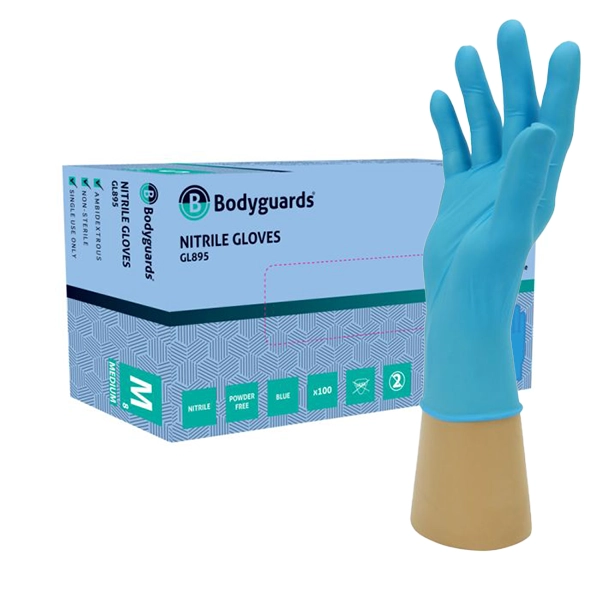Citric Acid Monohydrate 99.7% ACS,USP,Ph.Eur

£6.34 to £179.20
| Variation ID | Pack Size | List Price | Qty | ||
|---|---|---|---|---|---|
| photo_camera | 100g
GPC8016-X |
£6.34 | |||
| photo_camera | 250g
GPC8016-2X |
£8.21 | |||
| photo_camera | 500g
GPC8016-5X |
£12.08 | |||
| photo_camera | 1Kg
GPC8016-Y |
£16.49 | |||
| photo_camera | 2Kg
GPC8016-2Y |
£22.95 | |||
| photo_camera | 3Kg
GPC8016-3Y |
£31.95 | |||
| photo_camera | 5Kg
GPC8016-5Y |
£49.56 | |||
| photo_camera | 25Kg
GPC8016-25Y |
£165.20 | |||
| photo_camera | 25Kg UN Keg
GPC8016-25TY |
£179.20 |
This meets the requirements of the Food Chemicals Codex (FCC) and of Commission Regulation (EU) no 231/2012
What is Citric Acid? It is an organic compound with the formula C6H8O7. It is a colourless weak organic acid. It occurs naturally in citrus fruits. In biochemistry, it is an intermediate in the citric acid cycle, which occurs in the metabolism of all aerobic organisms.
Consistent Quality: We provide only high-quality Citric Acid Monohydrate, ensuring reliable and consistent performance for all applications.
Shipped from Manchester, UK Facility: Sourced and packaged in non-toxic, chemical-resistant containers to ensure safe handling and preserve product quality during transport.
Frequent Uses
Food and Drink Industry
Because it is one of the stronger edible acids, the dominant use of citric acid is as a flavouring and preservative in food and beverages, especially soft drinks and candies. Citrate salts of various metals are used to deliver those minerals in a biologically available form in many dietary supplements. Citric acid can be added to ice cream as an emulsifying agent to keep fats from separating, to caramel to prevent sucrose crystallisation, or in recipes in place of fresh lemon juice.
Water Treatment
It is an excellent chelating agent, binding metals by making them soluble. It is used to remove and discourage the buildup of limescale from boilers and evaporators. It can be used to treat water, which makes it useful in improving the effectiveness of soaps and laundry detergents. By chelating the metals in hard water, it lets these cleaners produce foam and work better without need for water softening.
Buffers
The buffering properties of citrates are used to control pH in household cleaners and pharmaceuticals.
Chemical Synthesis
It is a versatile precursor to many other organic compounds. Dehydration routes give itaconic acid and its anhydride. Citraconic acid can be produced via thermal isomerisation of itaconic acid anhydride. The required itaconic acid anhydride is obtained by dry distillation of citric acid. Aconitic acid can be synthesised by dehydration of citric acid using sulphuric acid.
- Food and beverage additive
- Pharmaceutical excipient and pH adjuster
- Cleaning agent and descaler
- Cosmetics and personal care ingredient
- Water treatment agent
- Industrial applications (metal cleaning, electroplating, textile dyeing)
- Food preservation and processing
- Acidulant in beverages
- Antioxidant
- Laboratory and research reagent
Assay: 99.7 - 100.3%
M.F.: C6H8O7.H2O
M.W.: 210.14 g/mol
M.P.: 135 - 152 °C
Water: 7.5 - 8.8%
Sulphate Anion: 150ppm
Lead: 1ppm
Iron: 5ppm
Chloride: 50ppm
Cas Number: 5949-29-1
Einecs Number: 201-069-1
HS Code / Commodity Code: 29181400
Hazard Phrases: H319
Prec Phrases: P305+P351+P338










